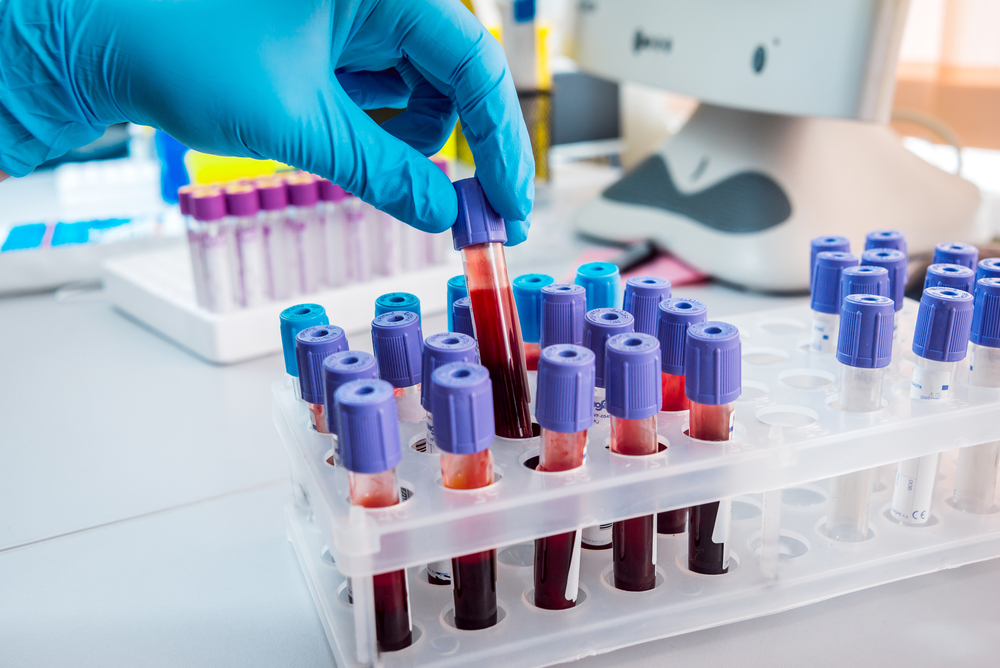Gene Therapy Using Microbubbles Seen to Treat Hemophilia B in Mouse Model

Gene therapy delivered by microbubbles shows promise in treating hemophilia B, a hereditary bleeding disorder caused by the lack of blood clotting factor IX, new research suggests.
The study, “Ultrasound-targeted hepatic delivery of factor IX in hemophiliac mice,” appeared in the journal Gene Therapy.
Hemophilia B affects approximately 1 in 25,000 males, a total of 3,300 individuals in the United States. Most of those affected have a severe form of the disease, with frequent and spontaneous bleeding episodes, that can lead to debilitating arthropathy (disease affecting the joints) and intracerebral hemorrhage.
Current treatment requires frequent injections of factor IX, which is expensive, inconvenient and can induce an immune response. Safer and more durable therapy could substantially improve the quality of life for patients.
Gene therapy is a promising approach to treat hemophilia B, because the disease results from a single gene mutation, can be studied in animal models, and restoration of factor IX to as little as 1 percent of normal levels can ameliorate clotting function.
“Hemophilia is a chronic debilitating disease. If we can treat it simply, cheaply and noninvasively with gene therapy we will have helped to fulfill the promise of the modern medical era,” Ralph Shohet, the study’s lead author, professor of medicine and director of the Center for Cardiovascular Research at the University of Hawaii’s John A. Burns School of Medicine, said in a press release.
The research team tested microbubbles in a mouse model of hemophilia B. The microbubbles were made of lipid molecules and contained DNA vectors that express human factor IX. The microbubbles were administered into the bloodstream and transferred their DNA material into hepatocytes (cells of the liver) upon opening, induced by ultrasound.
The scientists observed reductions in clotting time and increased activity of factor IX as durable as 160 days after a single treatment. “We were able to improve clotting in mice for months after a single treatment,” Shohet said.
The researchers hope that this minimally invasive gene therapy, delivered by tiny bubbles, may one day be the basis of therapy for patients with hemophilia.






